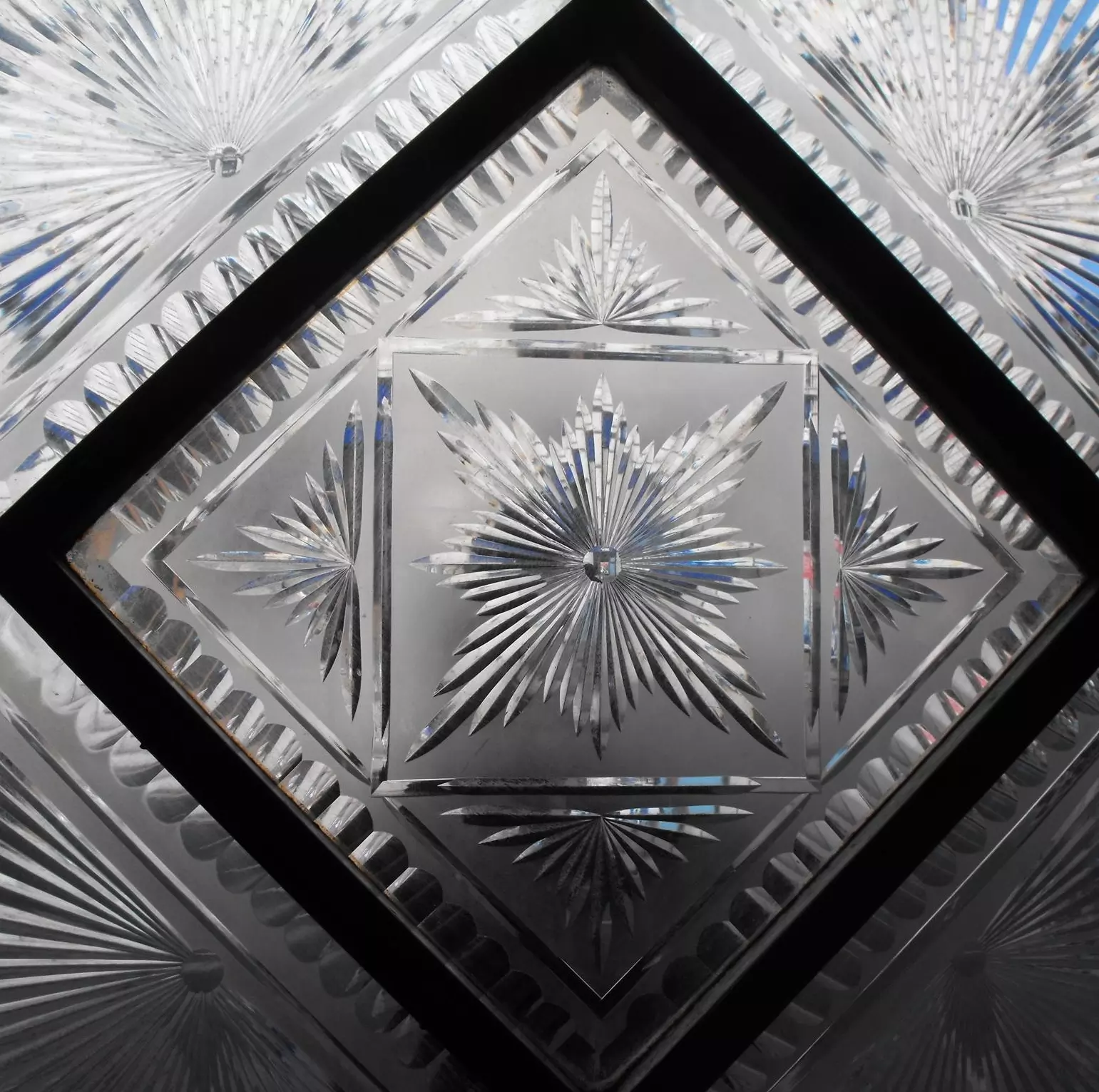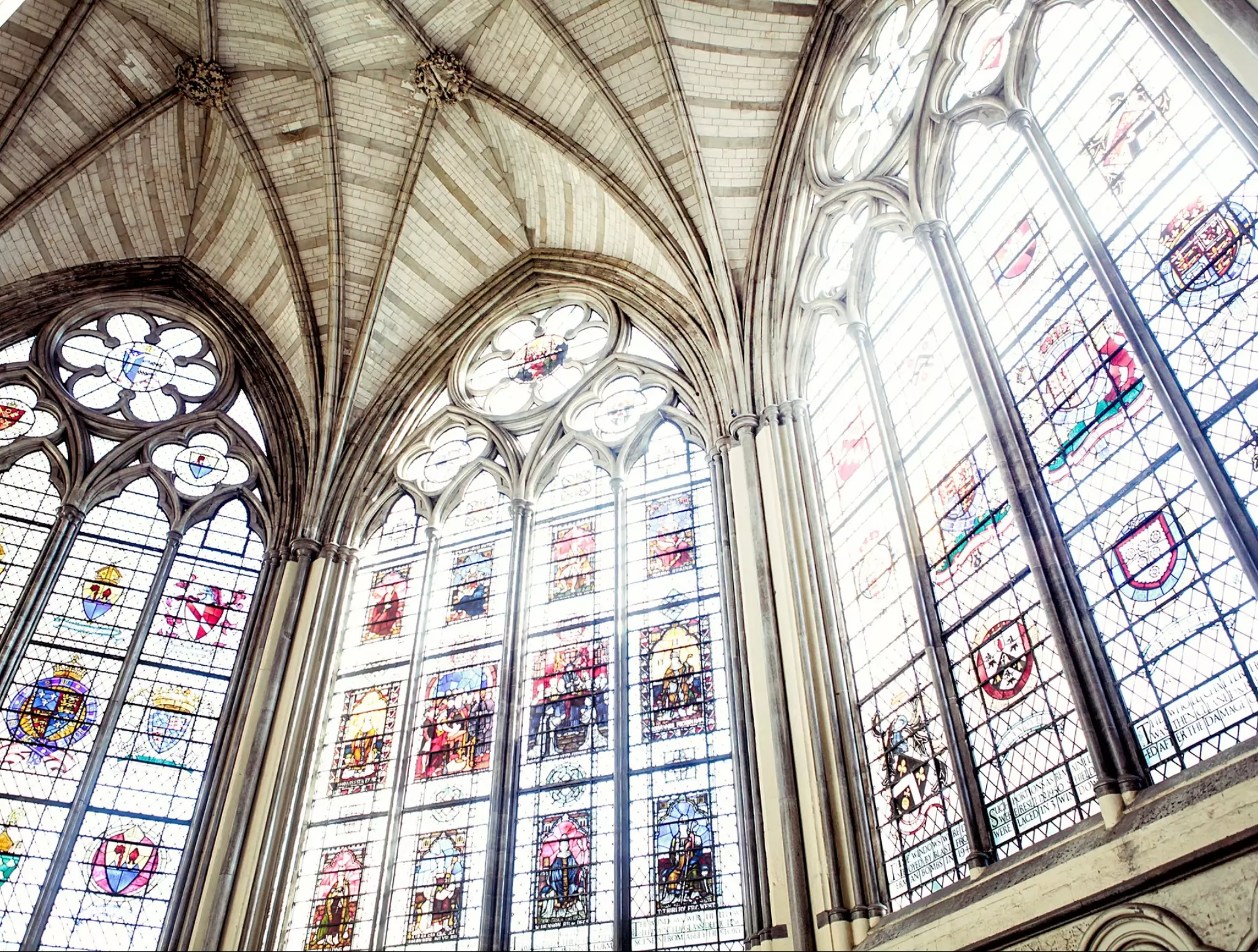Have you been asking: what is acid-etched glass? If you are planning expert glass designs on your property, find out more about why acid-etched glass may be an option for you.
What is Acid-Etched Glass?
Acid-etched glass is known for its frosted appearance, which makes it ideal for creating privacy in your home or business. It can also be decorative, with a frosted design being etched onto the surface of glass sheets. It is also easy to maintain, given its improved durability, and can be cut to any size or shape before it is tempered.
To achieve the look, glass fabricators apply hydrofluoric acid or concentrated sulfuric acid to the surface of annealed glass sheets. You can create almost any design you can think of on acid-etched glass, from simple lines, shapes and words to intricate pictures or graphics.
Since the glass acid etching process involves hazardous chemicals, you should always consult a reputable and experienced fabricator or acid-etched glass manufacturer when looking for acid-etched glass. The technique of acid etching goes back centuries, and some have theorised even further.
However, acid-etched glass, or French embossing, truly gained widespread popularity in the Victorian era, when middle-class homeowners wanted to show off their newfound wealth in the decoration of their homes. Today you can find acid-etched designs almost anywhere, from businesses to retail premises, such as restaurants and bars. The technique applies to any glass surface, from doors to shelves, partitions and windows.
Benefits of Acid-Etched Glass
There is a range of benefits to using acid-etched glass in your commercial or residential glazing. These include:
Privacy
While windows are ideal for allowing natural light into your property, they also allow nosy neighbours or passers-by to see into your private world.
With the frosted effect of acid-etched glass, you can allow natural light to enter while keeping prying eyes away from your home's interior.
From potential burglars to annoying neighbours, acid-etched glass is an ideal privacy solution. One of the main areas this added privacy can be beneficial is in the bathroom.
Downstairs bathrooms, or those on the first floor that neighbours can see into, will naturally benefit from having frosted glass windows. You can even design custom acid-etched glass shower panels for more modest bathers.

View control
Alongside the added privacy, acid-etched glass can be used to cover up unsightly views or neighbouring properties. The frosted glass does not limit the amount of natural light your property will receive; it simply diffuses it. Therefore, you can keep the warming natural light flowing into your property, with the added benefit of not having to look at any unpleasant outside views.
Glare reduction
Maximising the amount of natural light the interior of a property receives is a priority for modern developers. However, while large double-glazed or insulated windows provide adequate natural lighting, they can also lead to increased glare when watching TV or reading.
When low winter suns threaten to ruin your television viewing, frosted acid-etched glass is the ideal solution. This glass still allows natural light to flow into your property, but by diffusing it on the way in, it reduces the risk of glare.
Thermal insulation
Modern acid-etching techniques allow fabricators to create more thermally efficient glass panes from homeowners. Double-paned windows are easily constructed after the acid-etching process, with the extra sheet of tempered glass also protecting the designs of the frosted surface from damage.
The typical arrangement is to have the plain sheet of glass facing the outside, with the acid-etched surface sitting between the two on the inside face of the interior pane. For added thermal efficiency, your fabricator can also apply Low-E coating to your windows. This coating reflects heat back into your home during the winter and reflects heat out during the summer, helping to regulate the temperature in your home more efficiently.
Security
The tempered glass used in acid-etching also provides added security alongside privacy and light control. Tempered glass is stronger than standard sheets and much stronger than older amber glass or plexiglass sheets. This increased strength provides added security for your home or business premises and a way to add decoration to your property.
Old-school plexiglass or amber glass was common in the 1970s and 1980s. In most instances, just a single pane of glass was used to create sidelights for residential properties. These panes were relatively easy to break and thermally inefficient. So, for homeowners who have sidelights such as these, replacing the old glass with modern, tempered, acid-etched glass panes is a fantastic solution.
Affordability
Acid-etched glass is a far more affordable way to decorate your home than other types of decorative glass, such as leaded glass or stained glass.
Nothing beats the cost-effectiveness of acid-etched glass when it comes to adding a touch of beauty to your property. For frosted glass, you're looking at around £8 per square foot. For simple designs, it moves up to £16 - £25 per square foot, and for more intricate designs or carved pieces of art, you're looking at £40 per square foot.
Signage
The acid-etching process is uniquely well-suited to business uses, particularly for signage and display purposes. From informational panels showing which services can be found on which floor of your property to professional branding, there are no limits to the commercial application of etched glass designs.
Decorative beauty
There is practically no limit to the decorative applications of etched glass. The versatility of the process means you can create almost any design you can think of while still having a practical window or pane of glass for your home.
Compared to leaded or stained glass, where the lead piping limits the range of designs you can achieve, there are no limits to glass acid etching, and your designs can be as simple or complex as you wish.
Of course, the process can only create art in two shades (frosted or clear), but this does not limit possibilities. Some fabricators may offer gilding or the ability to add colour to your acid-etched glass as well.

Acid-Etched Glass Applications
Acid-etched glass can add decoration and style to the following areas:
Doors, Partitions & Dividers - frosted glass increases your privacy and can be used to complement existing aesthetics or branding.
Walls - without frames, glass walls can subtly divide space and bring in designs or graphics you like.
Shelving - decorative etched glass can make products or items, such as jewellery or food and beverages, appear more attractive or decorative in a retail setting.
Railings - decorative etched glass rails can improve the aesthetic of large residential or commercial spaces, such as lobbies or atriums.
What Is the Difference Between Acid-Etching & Sandblasting?
People often mistake acid-etching and sandblasting techniques for one another. Given that the end product often has a similar look, this confusion is justified, but the processes are uniquely different. And determining which is better depends entirely on what you want to achieve.
Both techniques produce frosted areas on the surface of the glass sheets, and both use abrasive materials to achieve the look, but they are completely different processes.
Sandblasting, for instance, uses a machine that fires particles of sand, walnut husks, quartz powder or other abrasive substances onto the surface of the glass to create the frosted look.
This process allows for greater control of your designs, meaning you can choose the opacity of the glass that suits your needs, making it a very versatile glass etching technique. Acid-etching creates a similar appearance to sandblasting, but the finished glass sheets will be smoother to the touch.

Using acid to etch designs on glass also allows you to create a wider range of finishes and have even greater control over opacity than sandblasting. However, if you want to use the glass for decorative purposes by illuminating it, the light will not travel through the acid-etched glass as well as through sandblasted glass.
The difference in the levels of transparency between sandblasted etched glass and acid-etched glass is possibly the main reason you would choose one over the other. Again, acid-etching techniques offer greater control over the transparency of your glass, meaning you can create truly private spaces using frosted partitions, glass panels or office windows.
You will usually determine how frosted you want your glass panes to be using percentages, with 100% being completely frosted and opaque.You can choose any glass gradient you wish. For example, you could have a pane fade from 0% and totally clear through to 80% or 100% full frost.
These are the two main options glass fabricators will offer you: opacity and gradients. A light dusting of 10% or 20% opacity is achievable, with heavier frosting leaving zero visibility. Even with this heavier frosting, the light will still be able to penetrate through the glass and illuminate your interior spaces.
Are you interested in acid etched glass? If you require Victorian style etched glass specialist or a modern acid etched glass design, contact our expert today. We offer professional glass decoration throughout the UK.
